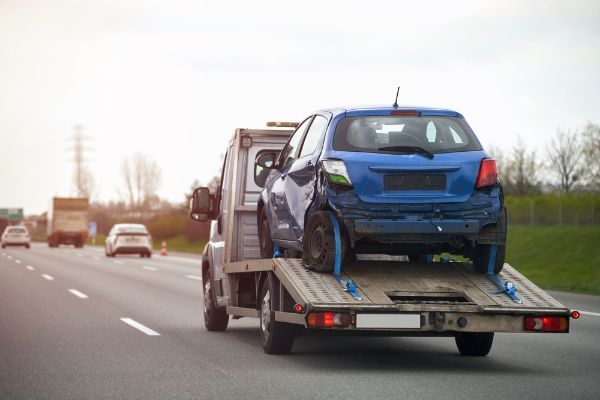When it comes to towing vehicles, whether for roadside assistance or recovery from accidents, not all tows are created equal. In the towing industry, the distinction between heavy-duty towing and light-duty towing is crucial. Let's delve into the world of towing to understand the primary differences between these two essential services.
Vehicle Size and Weight
One of the most fundamental distinctions between heavy-duty and light-duty towing is the size and weight of the vehicles being towed. Light-duty towing typically involves smaller vehicles like sedans, SUVs, and pickup trucks. These vehicles are generally categorized as weighing up to 10,000 pounds. In contrast, heavy-duty towing comes into play when significantly larger vehicles, such as buses, tractor-trailers, and construction equipment, need assistance. These heavyweights can tip the scales at well over 10,000 pounds, sometimes reaching up to 30,000 pounds or more.
Towing Equipment
The size and weight of the vehicles dictate the type of towing equipment required. Light-duty towing can be handled with equipment like flatbed tow trucks, wheel-lift tow trucks, or hook-and-chain tow trucks. These trucks are designed for smaller vehicles and offer a more straightforward towing process.
In contrast, heavy-duty towing demands specialized equipment capable of safely lifting and transporting massive loads. This includes heavy-duty wreckers and rotators equipped with powerful winches and stabilizing features to handle the weight and size of large vehicles. These towing vehicles are engineered to withstand the immense forces involved in towing heavy loads.
Expertise and Training
Another crucial difference lies in the expertise and training required for heavy-duty and light-duty towing. Light-duty towing operators typically handle a wide range of everyday vehicles and may not require specialized training beyond standard towing procedures. However, heavy-duty towing operators must undergo rigorous training to handle the intricacies of towing large and heavy vehicles safely. This training covers areas like load distribution, winching techniques, and understanding the unique challenges posed by heavy loads.
Towing Scenarios
The scenarios in which heavy-duty towing and light-duty towing are called upon also differ significantly. Light-duty towing is often used for common situations like breakdowns, accidents involving smaller vehicles, or even transporting vehicles over long distances. On the other hand, heavy-duty towing comes into play during complex and challenging scenarios. This includes recovering overturned tractor-trailers, towing large construction equipment, or responding to accidents involving buses and other substantial vehicles.
Heavy-duty towing and light-duty towing serve distinct purposes within the towing industry. While light-duty towing handles everyday situations involving smaller vehicles, heavy-duty towing steps in when the job involves massive loads and complex challenges. Understanding these key differences is essential for both towing professionals and vehicle owners to ensure that the right towing service is utilized for each unique situation.

